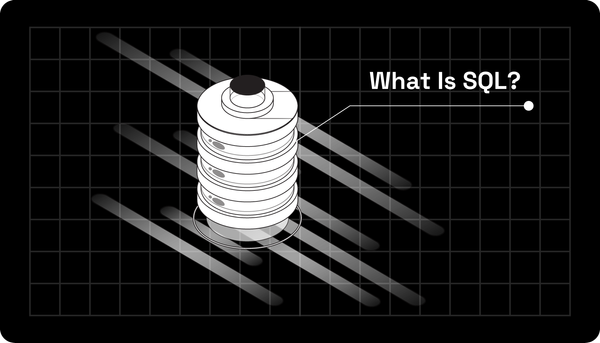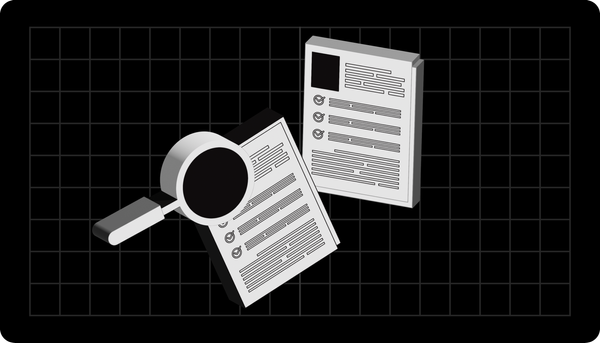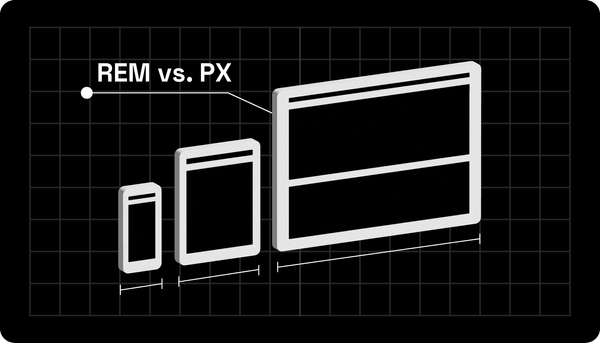A Beginner's Guide to Structured Content (Why You Need It)
In today's technology-driven world, it's challenging to reach people with your content. Learn why structured content is essential to make your content stand out from the rest.
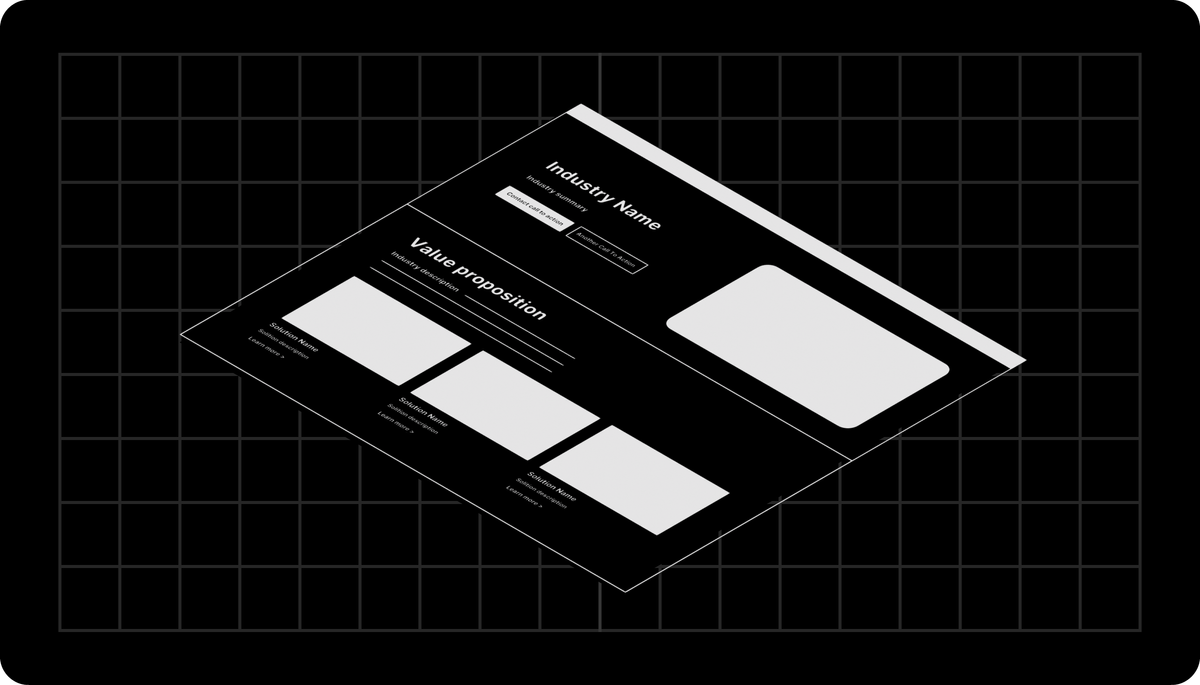
You are a writer and create content for a reason. You may want to bring a message over or answer a question. Or you want to sell a product.
But if you want people to find your content, it must inspire them to take action. Still, reaching people with your content today is more complicated than ever.
It must be dynamic, personalized, and relevant. Luckily, structured content can make this possible.
Structured Content: What is it?
Structured content involves organizing information into distinct, clearly defined elements, making it easier for both people and computer systems to understand and process.
You can treat this content as data; each small piece provides information that machines can understand, and you can use it in different ways. When you treat your content as data, it shapes the information into various expressions.
Imagine structured content like building blocks, each piece of which can be combined in various ways to create other structures, much like how individual bricks can form diverse buildings.
Hence, it can take on different forms and can change consistently. The fascinating thing is that the content works the same. When you have a well-defined outline, you can assemble or reassemble it in different ways and places.
The Importance of Having Structured Content
We found that structured content enables you to achieve more with your content. You will not need to hire another person, invest time, or money. So everyone benefits, and it helps you and your team work efficiently.
We cannot hype structured content enough, as you can solve many problems with structured content, and it has loads of benefits:
- It makes it easier for users to find, as it enables a better connection between different pieces of information. This is an essential thing for SEO and is how people find inspiration and answers online.
For example, if someone searches for types of spiders on search engines, the bot will surface the correct piece, as it knows what the content is about and what is related to what the person wants. It can then lead that person to your website to discover information.
- Structured content facilitates reuse and sustainability. It also makes content creation and management efficient, as you don't need to create duplicate content multiple times in different places. You create your content once and publish it everywhere, reducing duplication.
- It allows you to adapt quickly to market trends, as your content is more straightforward to create and maintain. Furthermore, it will enable you to reuse your content in various places.
- With structured content, different services and tools can work together to create an excellent experience for the end user.
For example, if you have an e-commerce platform, you can connect it to your CMS, and the data feeds can communicate with each other. Thus, your data is central and shares the same model, pulling your content into the digital storefront at the right time without manual work.
- You can use your content in a new and exciting way by thinking about the terms of the pieces instead of the whole. It leaves you with the decision to combine all the pieces later to convey your ideas in any format or channel.
For example, you can start with a standard product page and design your flair later to make it stand out. You can also list your opening hours on a single web page and then tailor a greeting to display your information in the header based on the user's location when you upgrade your site.
How to Use Structured Content
Now that you know how your structured content can benefit your business, let's examine how to use it.
Structured & Unstructured Content
Here is a comparison table of structured and unstructured content:
When you compare the two, unstructured content will lack the meaningful classification and organization that structured content has.
Hence, your unstructured content is tied to how well it displays on your website, and you are not concerned about what the content is about, as in structured content. So, your unstructured content has many drawbacks, as follows:
- You cannot reuse it because it is tied to a specific presentation and cannot be repurposed for other uses. You will need to copy and paste it or start from scratch.
- It's more challenging to remain consistent, especially when you need to make an update. You will need to change it manually from your opening hours, and you can easily miss a couple on your website.
- Not very good for SEO purposes, as the search engines want to know what your pages are about to organize them for people looking for something. Calling something just a 'header' or 'box text' doesn't help the SERPs understand what it is and can cause problems.
- Creating unstructured content takes a lot of time, as you need to add it as a whole piece, not in parts. So you must create new templates for each of your contents instead of reassembling your existing parts.
Still, when you structure your content by breaking it into pieces of data that describe precisely what they mean, you can use it anywhere, not just in one scenario. So structured content allows you to:
- Personalize your content with simple rules, as the site can calculate the day of the week to display the correct hours when visitors look at your website.
- It helps to highlight relevance in your header, for example, by using opening hours, which can display 'Open' or 'Currently Closed'.
- You can use it easily again to show your hours over different pages or apps by telling your system to do so.
- You can use it to work with other applications, like Google Maps or Graphs, to display your opening hours and let people know when your place is open or closed.
- Furthermore, it keeps things correct and consistent as you can change the time in one place, and it displays automatically in other areas.
Examples of Structured Content
When you use structured content, it is like using building blocks. You can build with those blocks to create a finished result. So you must look at it as it will appear outside your webpage:
- Sector summary page → presents information about a specific industry
- Team's expertise section → features profiles of professionals with specialized skills
- Client success narratives → merge details from customer experiences and project outcomes
For this, you need to look at your industry landing page, and when you create a template to describe only your design, it looks like this:
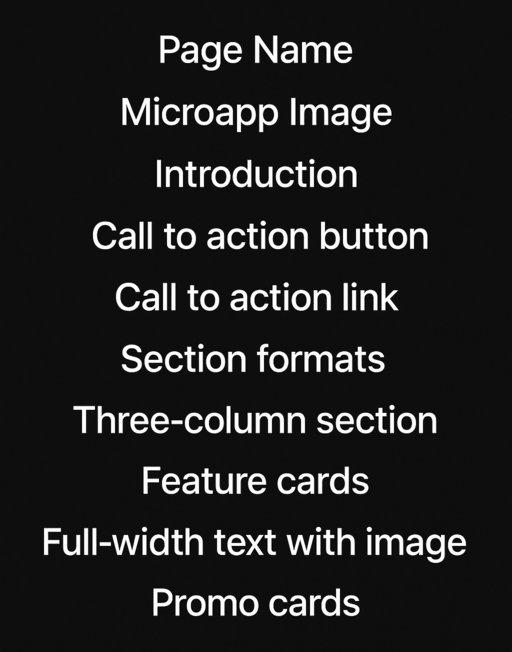
You are breaking your content into smaller sections, which are still tied to one presentation. The content is generic and does not describe what your page is about.
Great, but now you want to use that information in other places, so you need to think of it differently, as your industry-specific information will look like this.
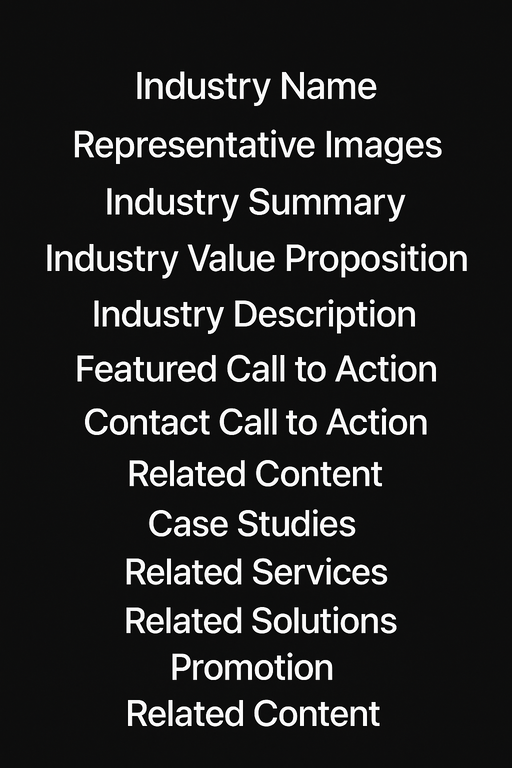
These fields can be reused or reformatted elsewhere, as they relate to your industry and do not affect the appearance of your page.
Here is an example of how this will work:
Industry Page: Everything related to your industry
Other Web Pages: It highlights all of your industry, including the name, case study, and summary
Search Result Pages: It gives you a snippet about your industry, answering the searcher’s question
Smart Speakers: Info provided about your industry delivered by a voice assistant
Company Intranet: Provided a list of sectors your business serves
How To Identify Your Content Structure
When we started developing our content structure, we used content modeling to define the types of content needed, their attributes, and the relationships between them.
Creating Your Content Model
Creating a content model helps document the types of content and their relationships for a given project or organization. It is more than a CMS data structure and a roadmap for the now and future, answering two questions:
- What type of content will we need to tell our story to support customers?
- What kind of content do our visitors need to help them determine if we have what they want?
We found that you can use the content types you defined in your model to map to every project, initiative, campaign, and program your business has. Furthermore, you can use it to map your content types according to your visitors' journey.
Notably, even if you didn't identify the content model, the CMS does have one available. However, we recommend building your content model based on what is essential for your company, rather than your CMS.
Different Ways to Model Content
Yes, we can see that eyebrow lifting, and you might think it's daunting, but it doesn't have to be that way. Depending on your time and commitment, you can approach your content model differently to define the structure.
As a beginner, we recommend taking one of your existing pieces of content, such as an article, and working with it by breaking it down into its key characteristics, rather than focusing on formatting.
For example, if you have an image field, don't make it generic; define the type of image it must be, such as a demonstration video, not just a video or a medical illustration. The great thing about this approach is that you can do it at any time without requiring multiple system updates.
Another great thing is that you can use this structure for writing, and it will be ready to use in the future, as seen in the image below:
Another great approach is to pilot your structured content by defining related content types and their attributes and implementing the structure described in your CMS.
You can try this approach when introducing new content to reap the benefits instead of starting with your web design and working backward.
You start by defining your content structure, which you then use to move forward with your design and implement in your content management system (CMS).
Lastly, you get the complete model available for all the content your business needs, including its relationships and attributes.
We found that this involves taking a content inventory, conducting workshops, and conducting stakeholder interviews to align with what your content helps with in terms of user needs and business goals.
Technology to Use With Your Structured Content
To decide what technology you need to use, you first need to define your editorial and technical needs. So, choose a product that fits with your workflow and business needs. You can find many content technology products, and each has its pros and cons:
CMS
These systems have been around for a long time to help you publish content to your site. You get a Headless CMS tool that enables you to connect your content to a database and display it in different ways using APIs, allowing viewers to see it in multiple places.
DXPs
The digital experience platform is also popular when you want to connect to different sources at once. The tool also offers CMS with the ability to track how your customers interact with your site across various channels.
When selecting a platform for structured content, it's essential to choose one that offers a flexible data model to accommodate various content types and workflows. Evaluate options that align with your organization's specific needs and objectives.
The good news is that we recommend the Sanity structured content platform that treats your content as data.
They present you with:
- Extendibility to add new content without rebuilding them
- Flexibility, as your content is set based on the process, content model, and your business rules
- It is scalable, and it allows you to express with nested schemes, custom objects, and precise querying
While we are on content structure, it also helps you write great content for your website. Check out our tips to become a productive writer. Once you have your content structure model, we recommend using our outline generator tool.
Wrap-Up: Structured Content Makes For a Better Digital Experience
Once you embrace structured content, you will benefit your company, team, and anyone who wants to connect with you. Your customers will be able to discover you quickly and also enjoy a more dynamic, personalized experience.
When you treat your structured content as data, you can use it in different ways to meet your audience where they are today and in the future.
Your business will be more innovative, nimble, and faster than before. If you need helpful apps to get you started writing content, CSS, or anything in between, check out our different micro apps, which will simplify your journey.



